
The Structure of a Manga Page
Lace at 1:58AM, Sept. 2, 2007
This is a tutorial to teach you about the structure of making manga! Can be used for other types of comics too!
The Structure of a Manga Page
Hi! This is Lace here with my very first tutorial ever! I am not very experienced with this tutorial thing but I hope to get better with it just by doing. Anyways, I am going to write a series of tutorials to explain the basic structure of a manga. I am in no way a professional (although I am trying to get there). These are the things that I have learned so far just by drawing manga day by day and reading them.
The manga structure is very simple yet very complex! There are certain rules that you should adhere to when drawing manga. Heck, alot of these rules can be applied to drawing comics in general. Also, before you can break a rule effectively, you must know the rules! These rules are:
1. Show the setting of your comic!- I know that alot of manga have panels where there are no backgrounds but you can't do that in every panel! The reader MUST know where the characters are at all times, otherwise it will ruin the point of your comic. Even if the character is standing in a backgroundless panel, the reader is still aware of the surroundings. 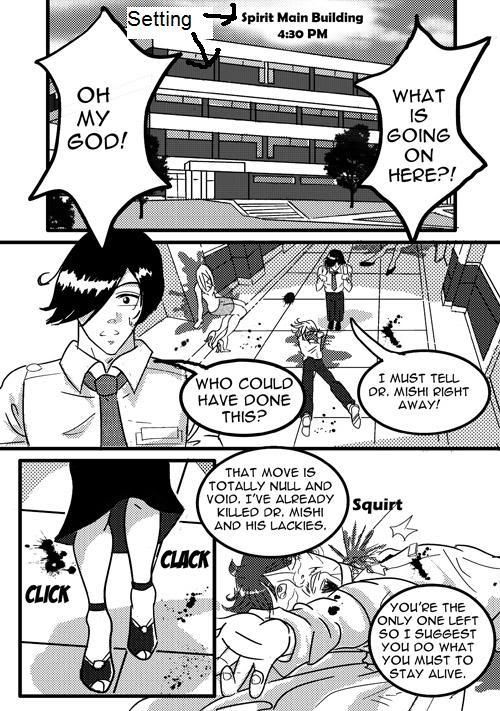
2. Don't cram too many panels in one page!- Too many panels on one page can make the page look cluttered. This can also effect the transition of your panels. This does help in keeping the mood! With too many panels, there will be less space to draw and with less space to draw, your word bubbles could possibly end up covering up key points of your art. The point of your art is to help move your story along with the dialogue. If you lose one of those components, you lose the point of drawing a comic! The point is to effectively tell a story through visualizations and dialogue!
3. Don't be afraid to break panel boundaries!- There is limits when it comes to creativity in drawing panels! You don't have to keep your characters and bubbles confined within that tiny little panel. Sometimes it can help the story to visualy move along if the panels of the pages are broken. Also, breaking the panels can also give a certain visual effect that is, in quite the sense, cool. 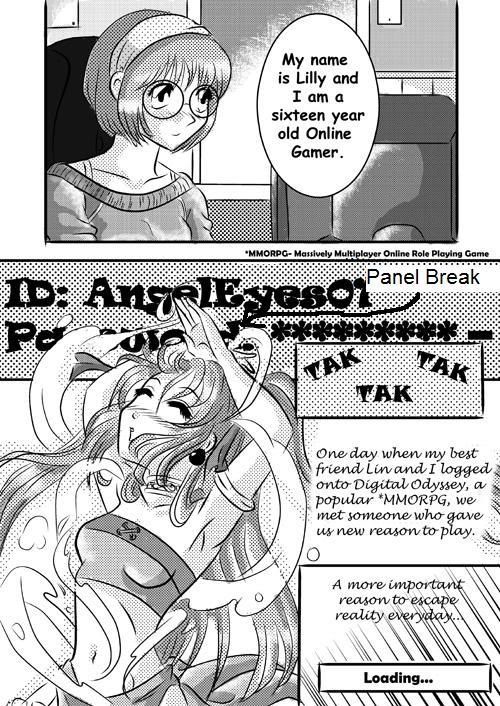
4. Make sure your bubbles are in a readable order!- When readers are reading your comic, it is paramount that their eyes can easily follow your dialogue. Manga is made to be read quickly so your dialogue bubbles must flow along with your artwork. In every case, the visual must tell the story and your dialogue is your support! As I said before, manga is made to be read quickly so you must show the story visually rather than use lengthy and super wordy bubbles. Although, the lengthy word boxes are commonly used in American comics. If you're going for that style, then by all means, do so!

5. Full bleeds can be nice when creating your page layout!- A full bleed is a panel that extends beyond the print boundaries. When printed, the ink will spread to the edge of the page. In web manga that can be a very useful and very effective technique! It looks nice and can show more of your background or character, depending on what you are trying to convey. Don't forget, when drawing print comics/manga, don't put your word bubbles in the full bleed area otherwise your dialogue will get cut off. Needless to say, thats not what you need!
6. Plan your manga/comic layouts!- Before you draw your manga/comic make sure that you plan your layouts by sketching out your comic in non-descriptive details, somewhat like a story board. Your panels should be able to support the mood/scene that you are trying to convey. There are several different ways of doing this but make sure that the reader can tell whats going on in your comic. There is nothing worst than bad transitions to the next scene! This can make or break a comic! You may have good intentions but your comic will confuse people if you don't progress properly to the next scene! 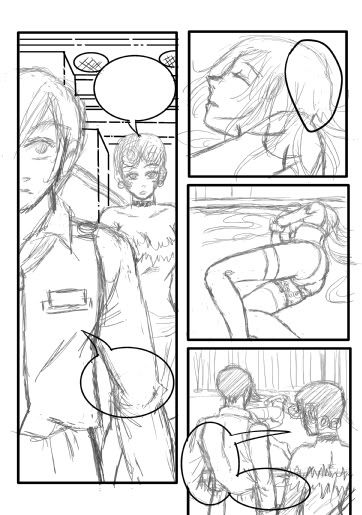
a.An example of bad layout is trying to cram a full scene of a girls bedroom in a very small panel that is meant for very small portions of an illustration.
b. An example of bad transition is you drawing a scene of a small girl in her bedroom talking to her mom and then without warning, you progress to the next panel and you proceed to have a man talking to a nurse without properly transitioning to the next scene and showing how the man got into the hospital.
7. Make sure that your story is written to make sense!- Have you ever read a story that makes you wonder what the heck is going on even if you are reading it? SPELLCHECK SPELLCHECK SPELLCHECK! I know I am guilty of this sometimes when I am in a rush on my webcomics but I assure you that if I do something for print, it is spellchecked constantly and it makes sense. Manga is meant to be read fast along with descriptive visuals but you yourself have to admit that bad spelling and grammar can kill a good story. Sometimes other people can catch errors that you have made in a script or in the pre-planning page that you yourself didn't recognize, so when you are done with a script or layout planning, ask a friend to read your work and check for errors. If you want to do it on your own, check the words and grammar of your dialogue by typing it in microsoft word. It's easy and sometimes accurate. But even with that you still must be very careful.
8. Splash pages can or can't be used. It's up to you!- A splash page is an illustrated page at the beginning of chapters that can include the title of the comic, the chapter title and writer and illustrators name. The page includes a character or several different characters from that comic and they can be very creatively done. They can be very nice to look at but they aren't required to have. I have seen splash pages that were used to progress the story. It's all up to the imagination of the creator if they want to use splash pages or not!
9. To break the rules, you first have to know the rules!- Yeah, yeah I know that some people don't do everything by the book but, you have to remember, people who know the rules can effectively break the rules. These simple rules that I have explained to you will give you some insight of the technical part of making manga. For example, some artists may put alot of panels into one of their pages but the technique is used to progress the story along and they will try not to cram alot of illustrations into them. As i said, it's a technique used to convey a certain feeling. They know that cramming alot of panels into a page can make it cluttered but they also know what to do to flip the bad technique into a good technique. Planning pages is paramount!
10. Choose a font that your readers wont kill you for!- We all know that there are lots of fonts for download all over the world wide web but lets just be honest… not all of them are made for comics. A font with too many curls, swirls and zaps can totally ruin the comic reading experience so try and find a font that is easy for the readers to decipher. It is ok not to go with standard comic fonts such as Microsoft Comic Sans but when you do try and find a nice font for your dialogue, make sure that it is something that compliments your art style. Also, when chosing fonts to convey sound effects, make sure that the font gives the reader a visual example of that sound. For more information on how to do lettering for comics, go to http://www.blambot.com! They have tutorials and free fonts+commercial fonts for the masses!
11. Have fun and practice your craft!- Drawing manga is work indeed but if the creator has a genuine love for the craft then theres no telling what heights that creator can soar to! Make sure you practice drawing so that you can get better. This shows your dedication to the craft of manga/comic making and it pushes you to get better. I suggest you learn to draw from life and also take a sketchbook around with you everywhere. There is no better reference than the world you live in so draw your surroundings and it will definately help you to improve your art. It will also make you aware of the world around you in a different way! Remember this as well… If you are satisified with your work, you will never improve so always strive for new heights in your work and try new things. They just may work out for you!


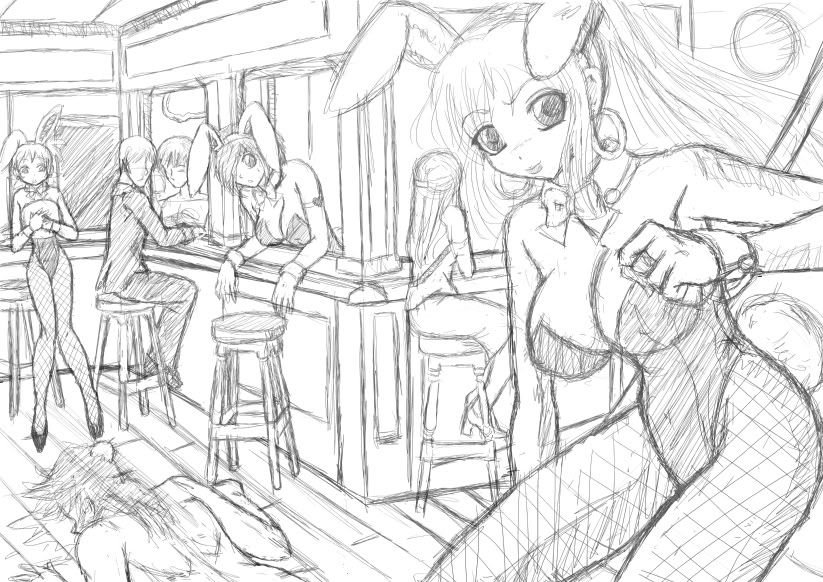
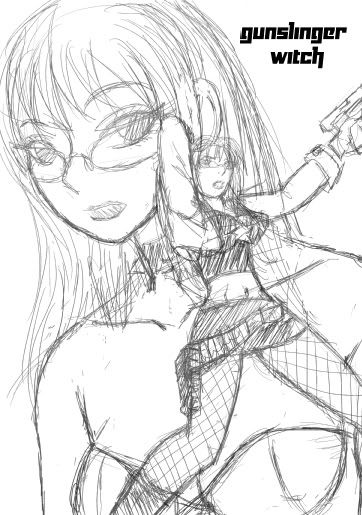
Ahah just a chance to show off practice and sketches that ive done!
Thanks for reading this tutorial on the structure of manga pages. I hope that I was able to at least shed some light on the process of making manga pages. I will soon be posting some drawing tutorials and tutorials on using manga studio, photoshop and my digital lurv…Corel Painter 8 to go along with this tutorial so keep yourself posted!
~*Lace*~








anonymous at 4:30PM, Oct. 19, 2014
Nice drawing -*Lace*-.
swaggirl132 at 4:29PM, Oct. 19, 2014
Thanks alot Lace it help my class and I in literacy class -Swaggirl132 (Piper) Bye